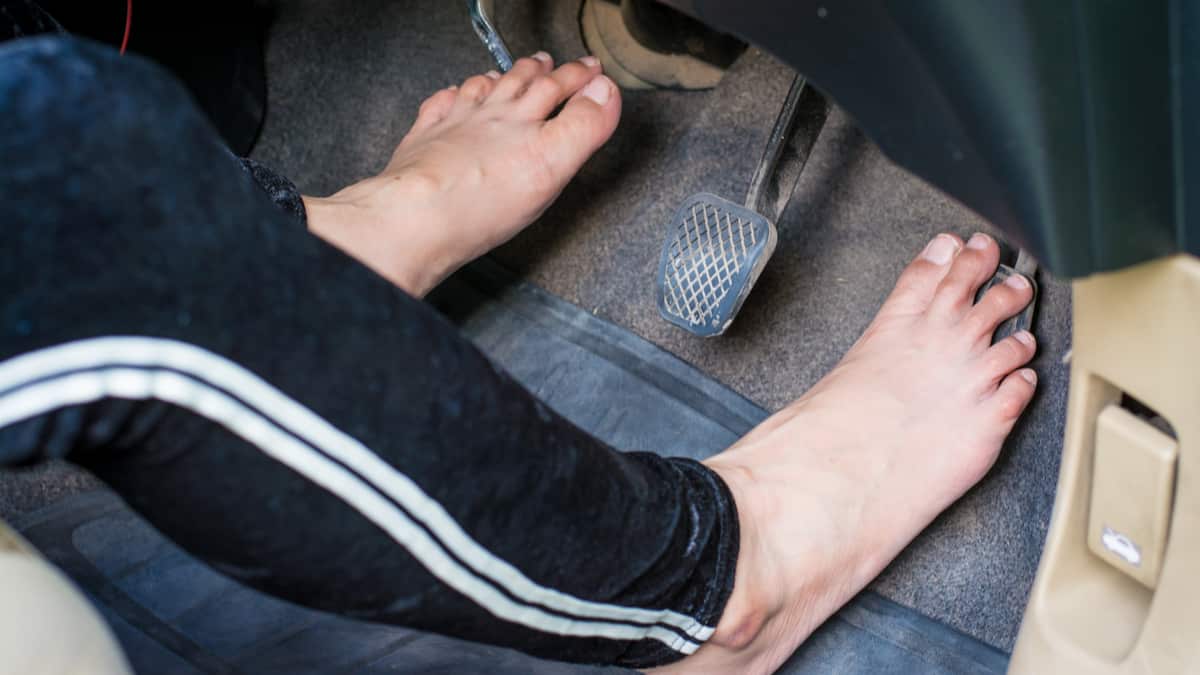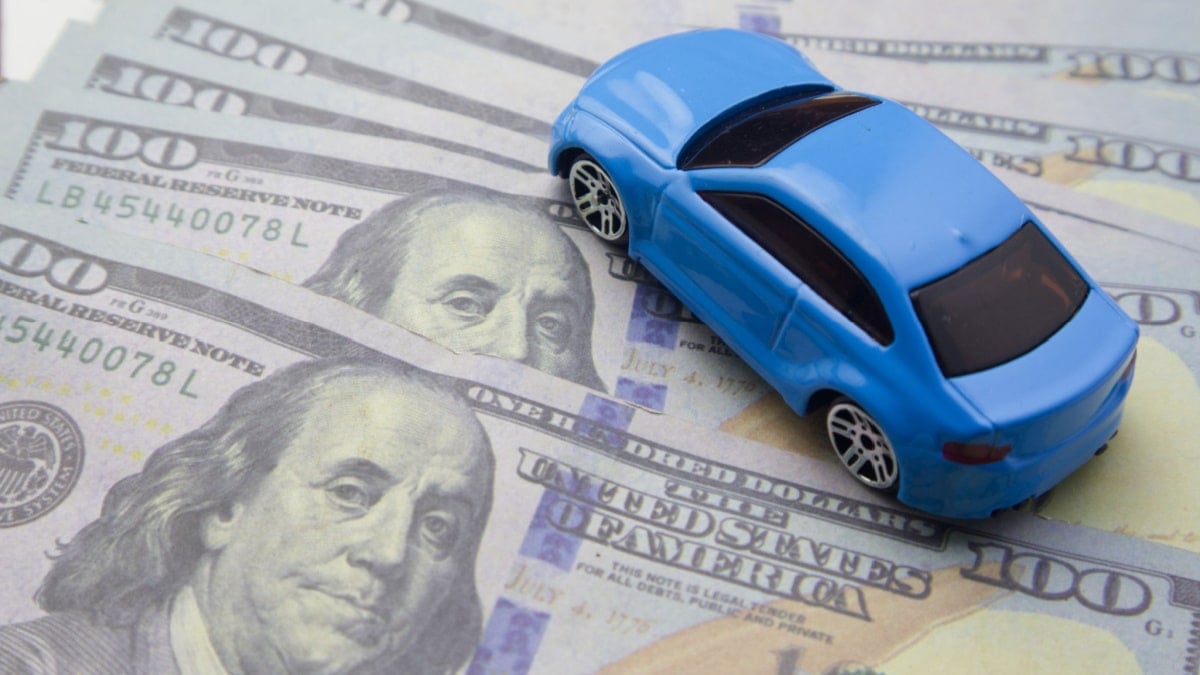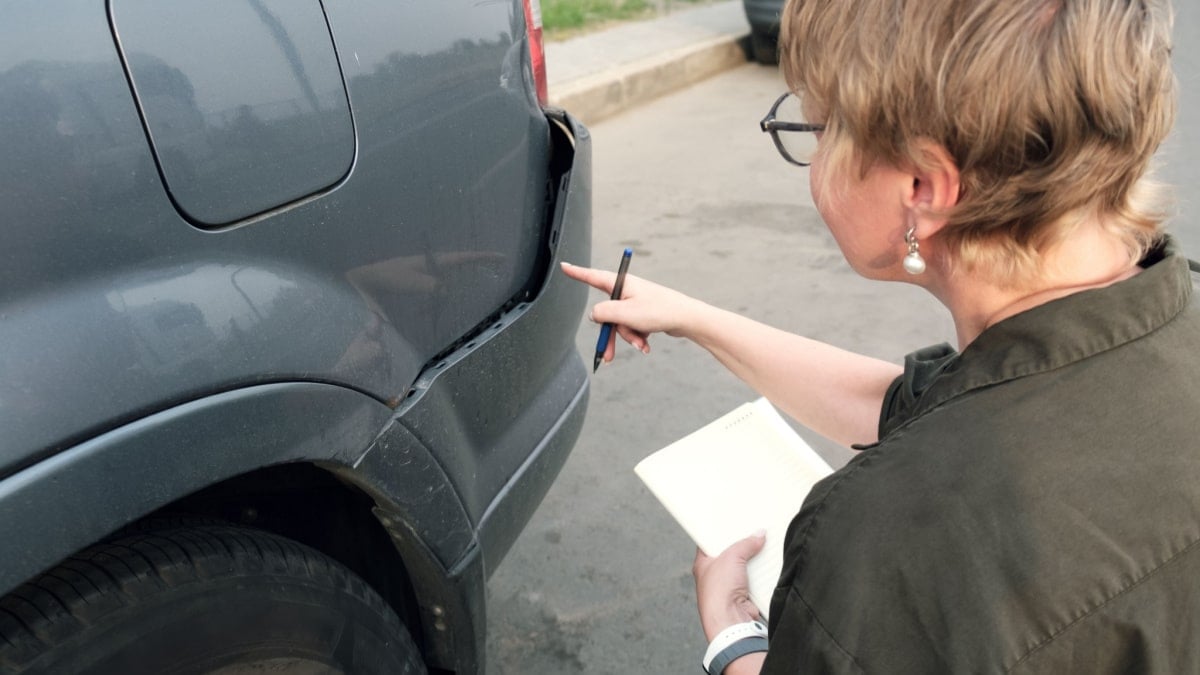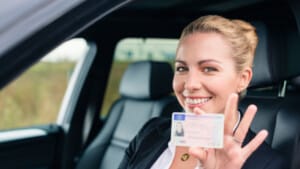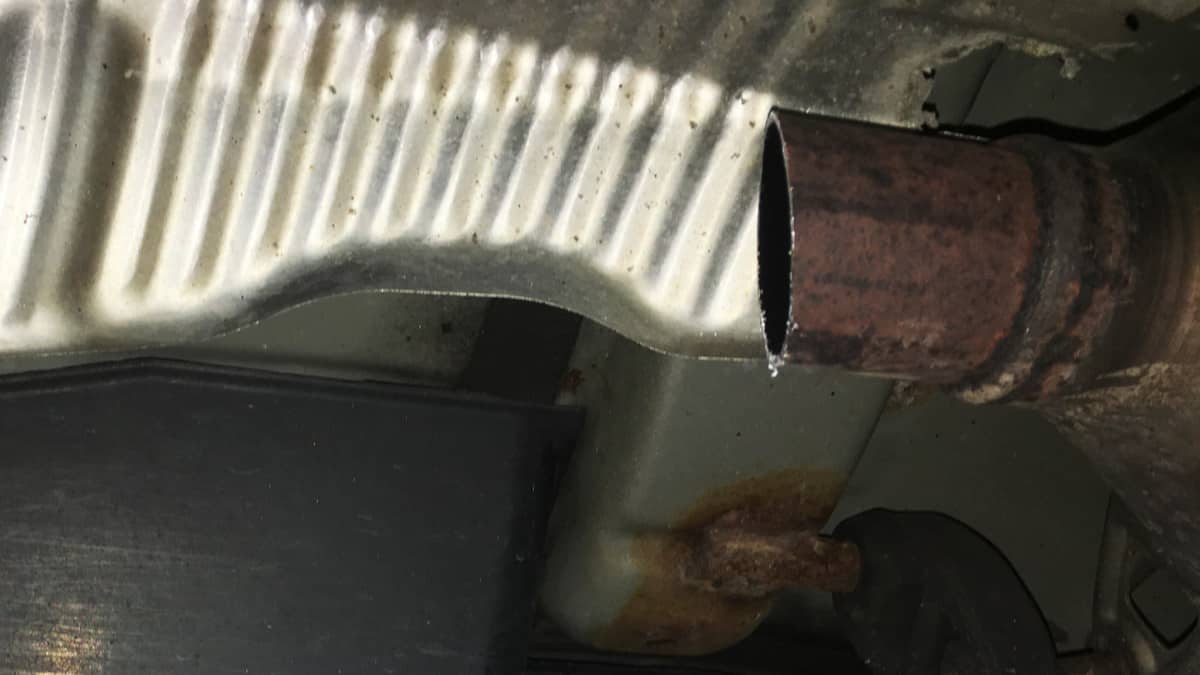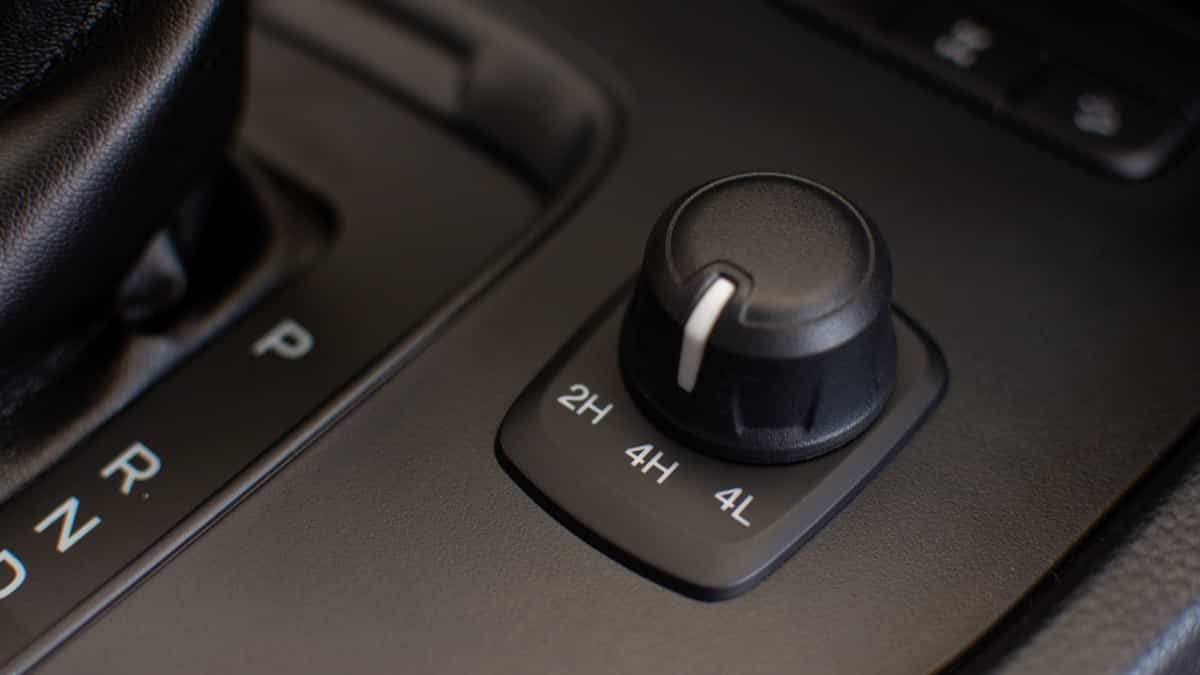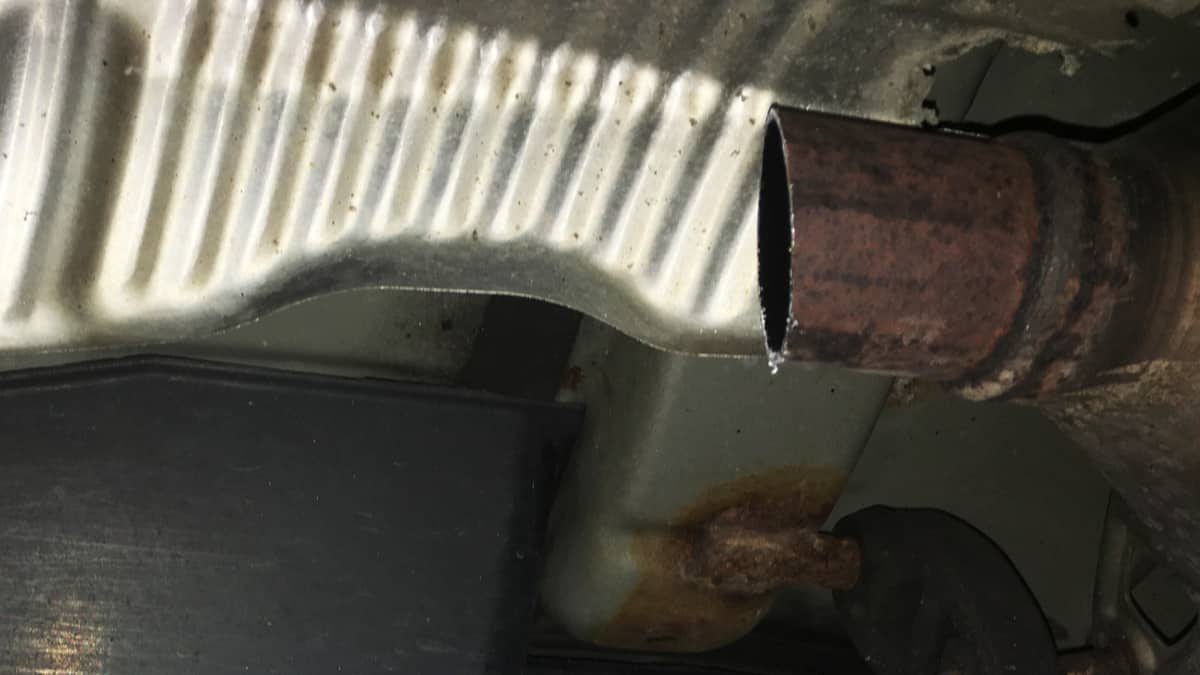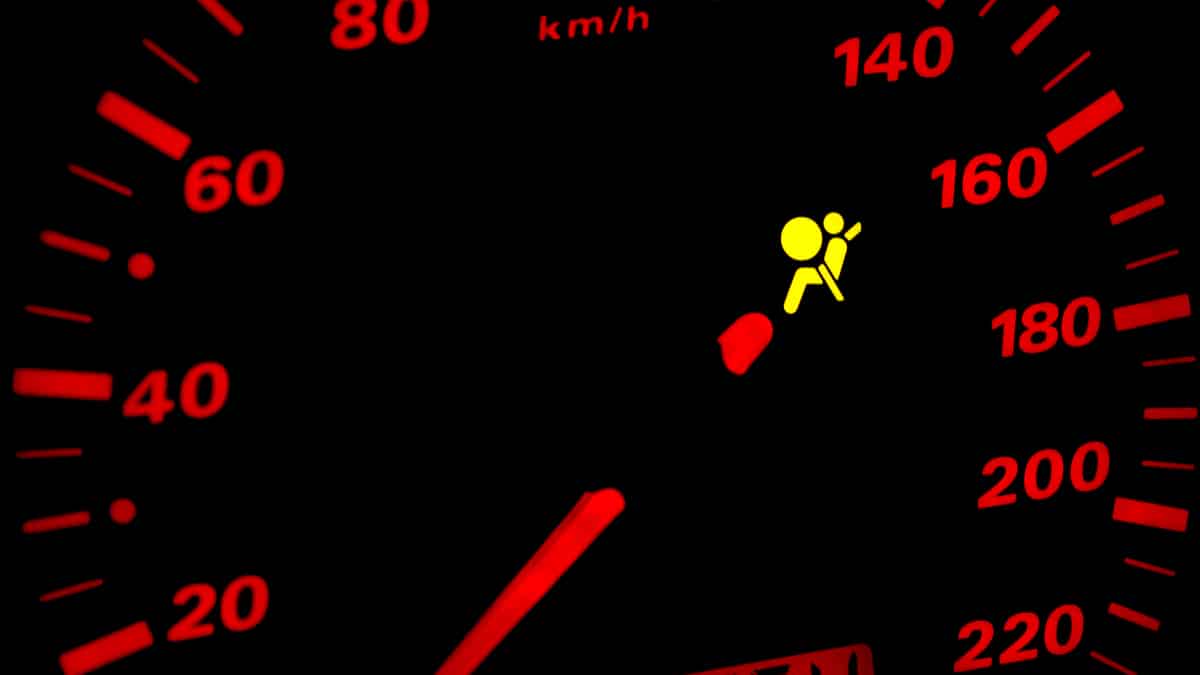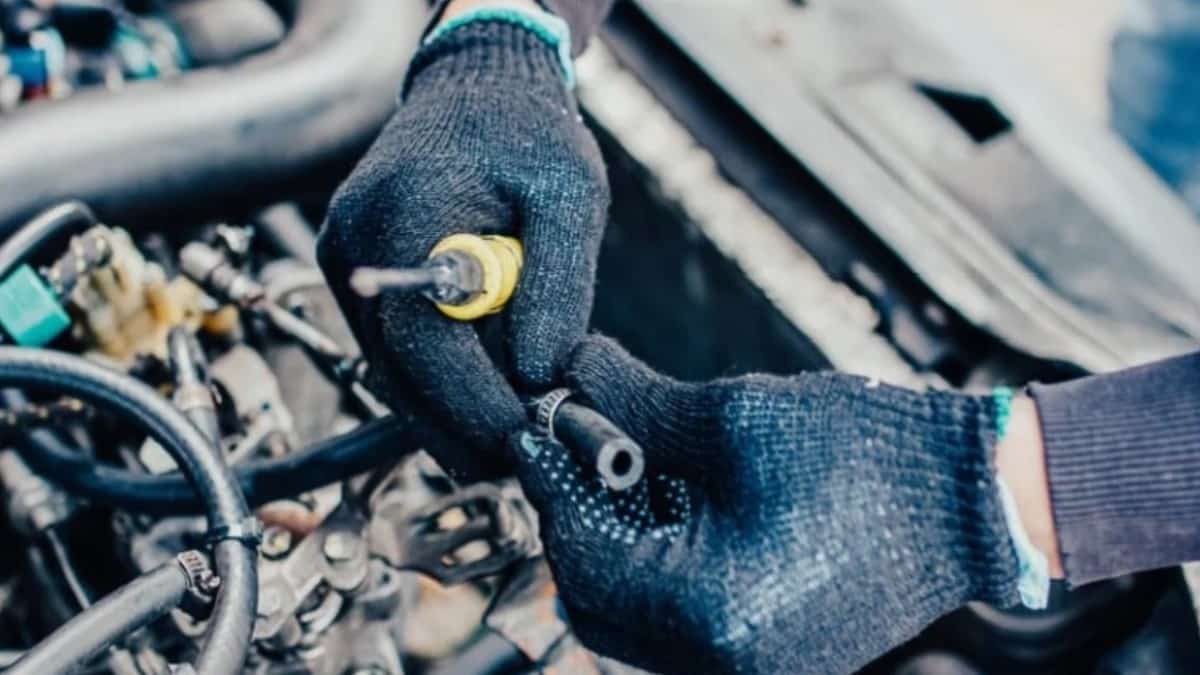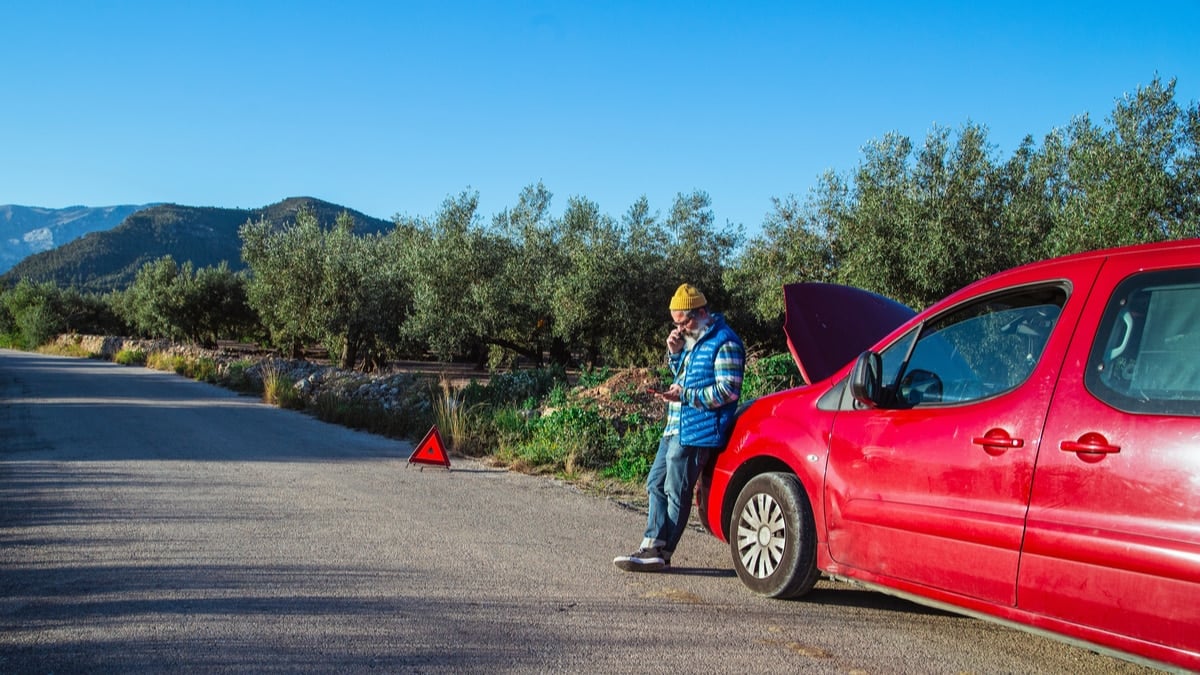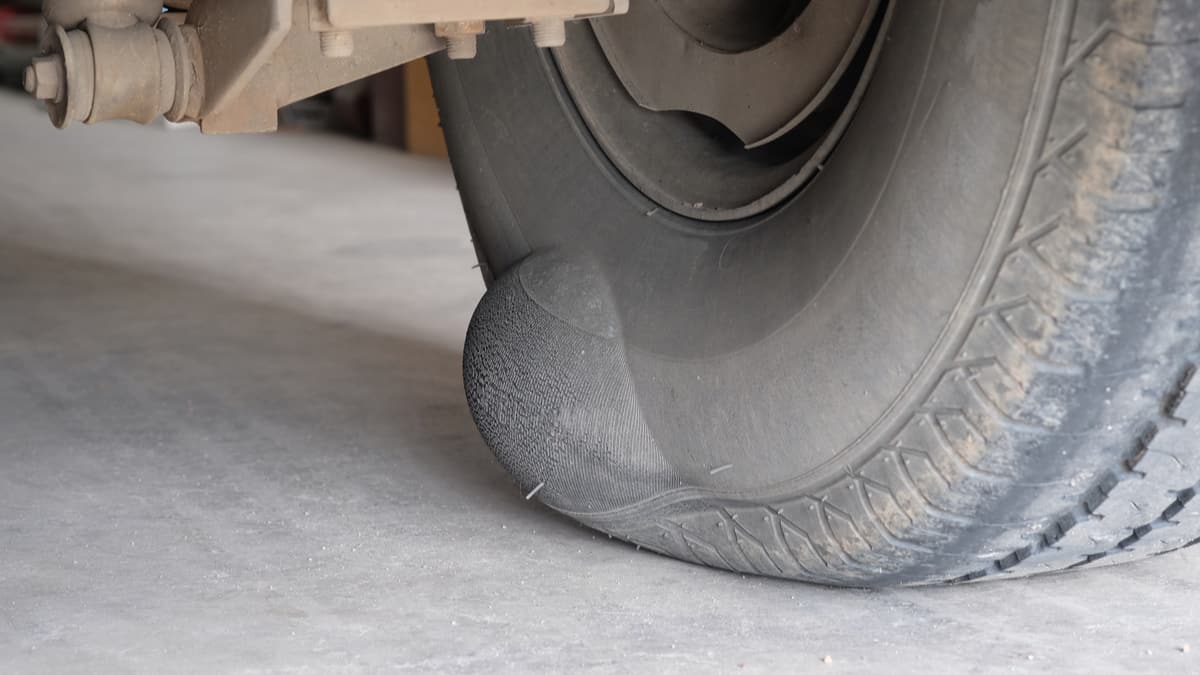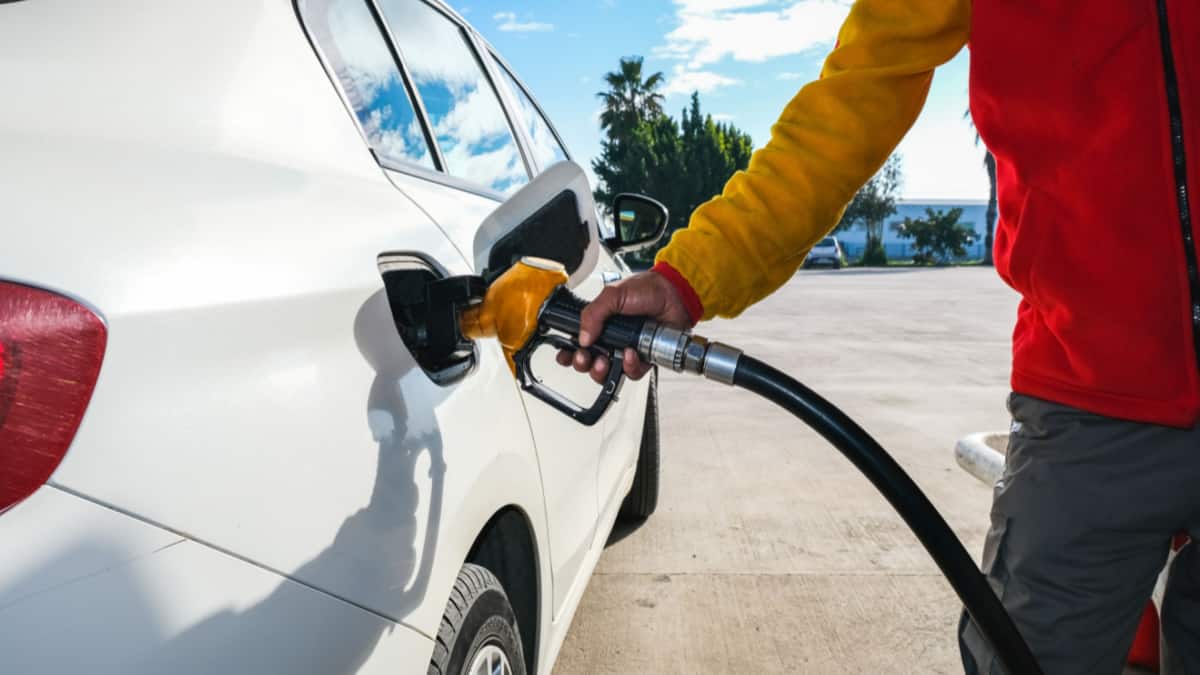Whether you have been in the car for a long time or you need to dry out your feet after a trip to the beach, you want to know, is it illegal to drive barefoot in your car? If you ask friends and family, you’ll probably get a bunch of different answers, with many people believing that you aren’t allowed to drive barefoot.
In this guide, we cover the truth, showing you if it’s illegal in any of the fifty states in the US. We also discuss reasons why driving barefoot might not be a good choice and other situations where it might be best.
Is It Illegal to Drive Barefoot in Your Car?
According to all fifty states, it’s not deemed illegal to drive without shoes on your feet. However, there are some regulations that discuss the ramifications of driving while barefoot if it causes a car accident. Additionally, some states have laws about operating a motorcycle while barefoot.
It’s important to check your local laws to determine what’s allowed. While no states have laws prohibiting the practice, there are other ways for officers to give you a ticket, especially if law enforcement feels that you are being reckless.
Dangers of Driving Barefoot
1. Lack of Force
With the help of your shoes, you gain the force needed to push the pedals properly. Whether you are pushing the clutch pedal, brake or accelerator, there’s a certain amount of force needed for optimal operation.
Without your shoes, you will have to get used to the force that’s needed. You can test out the car in an empty parking lot first if you need time to see how it feels.
RELATED: Is Nitrous Legal in Cars in the United States?
2. Slippage
The material on your shoes provides traction against the pedals. Some shoes even have special traction surfaces, causing an even better connection.
Without your shoes, it’s much easier for your foot to slip off of the pedal, most likely at the most inappropriate times. This condition becomes even more probable if the pedals are metal instead of rubberized.
3. Foot Injury
Driving without shoes shouldn’t lead to any type of injury under normal circumstances. However, you need to think about what might happen during an accident.
Shoes can offer some protection when an accident occurs, especially if something infiltrates the cabin. If your feet are open, you can suffer cuts from the broken glass or sustain another injury without the protection.
Shoes That Aren’t Safe to Drive With
1. Flip Flops
It could be safer to drive barefoot than with flip flops. Because flip flops aren’t fastened to your feet in any way, they can fall off easily.
The trouble isn’t if you can operate the car when the flip flops come off, it’s more a concern about where they will go. If they get stuck under the pedals, you could face a lot of danger.
2. Shoes with Long Laces
You might think that driving with lace-up shoes is a good option. In most cases, it would be, especially if the laces are a normal length and secure.
On the other hand, if the laces are excessively long, they could become tangled in the pedals. When this happens, you could get stuck to the pedals, rendering you unable to fully operate the car.
RELATED: Why Do Police Touch the Back of Your Car When They Pull You Over?
3. High Heels
Many people wear high heels to work, but it’s not a safe choice while driving. The foot and ankle inclination is altered, making it more difficult to operate the car safely.
If you wear high heels, you might keep a pair of driving shoes in the car to switch into. Otherwise, you might prefer driving barefoot to ensure better safety.
4. Dress Shoes with Leather Soles
You can find some great dress shoes with traction bottoms that are safe to drive with. However, there are also plenty of dress shoes that contain leather soles.
This surface is slippery and harder to use on the car pedals. If you drive with metal pedals, you will notice more trouble than a set with rubberized tread on them.
5. Open-heel/Open-toe
For different reasons, shoes with an open heel or toe are not always safe to use while driving. With the open heel shoe, your foot could slip out, leading to a sudden loss of acceleration or a failure to brake when needed.
On the other hand, the open toe shoe can allow your foot to come through the front. This problem could lead to an excessive amount of pressure being applied to the pedal. There’s also the worry about pushing down too hard on the pedal with your toes because you are worried about causing strain or hurting yourself.
6. Thick-soled Shoes
If you drive with wedge shoes or others that have a thicker sole, you will have a difficult time judging the amount of pressure you are applying. You will have to play around with the pressures to see what is comfortable, but it might be too late once you get it done.
Additionally, these thicker soles also change the inclination of your foot and ankle. To be safe, you might prefer to keep some dedicated driving shoes in your car for increased safety.
Best Shoes to Wear While Driving
Driving barefoot isn’t always a good option and we looked at a variety of shoes that could put you in danger as well, so what should you wear? Start by picking shoes that protect the feet and cover them. That means getting rid of options that are open, either in the front or back.
While heels are stylish, they aren’t helpful when driving, so choose something flat and stable. It should also have enough traction on the bottom to keep your foot firmly planted on the pedal. Finally, stick to a normal length of laces and ensure they are secured before you head out on the road.
Can You Get Car Insurance While Driving Barefoot?
It’s unlikely that you will discuss your shoe preferences while shopping for car insurance. There’s no reason for the subject to come up, especially since it’s not an illegal activity to drive barefoot. However, the insurance company could find out about this practice if you are involved in an accident while driving without shoes.
If you are in an accident and the authorities determine that your lack of shoes led to the incident, you could face higher insurance premiums, along with a traffic ticket. Insurance companies don’t want to have customers that are being dangerous on the road.
What insurers want to see from customers is the following:
- You practice safe driving habits, shown by a lack of accidents or traffic tickets.
- You pay your premiums on time.
- That your credit score is reasonable, thereby proving that you aren’t likely to commit fraud.
While an insurance company probably won’t drop you after an accident where you were barefoot, you want to be careful having repeat offenses. The provider can discontinue your coverage based on how many claims you submit and if it believes you are a liability to the company.
